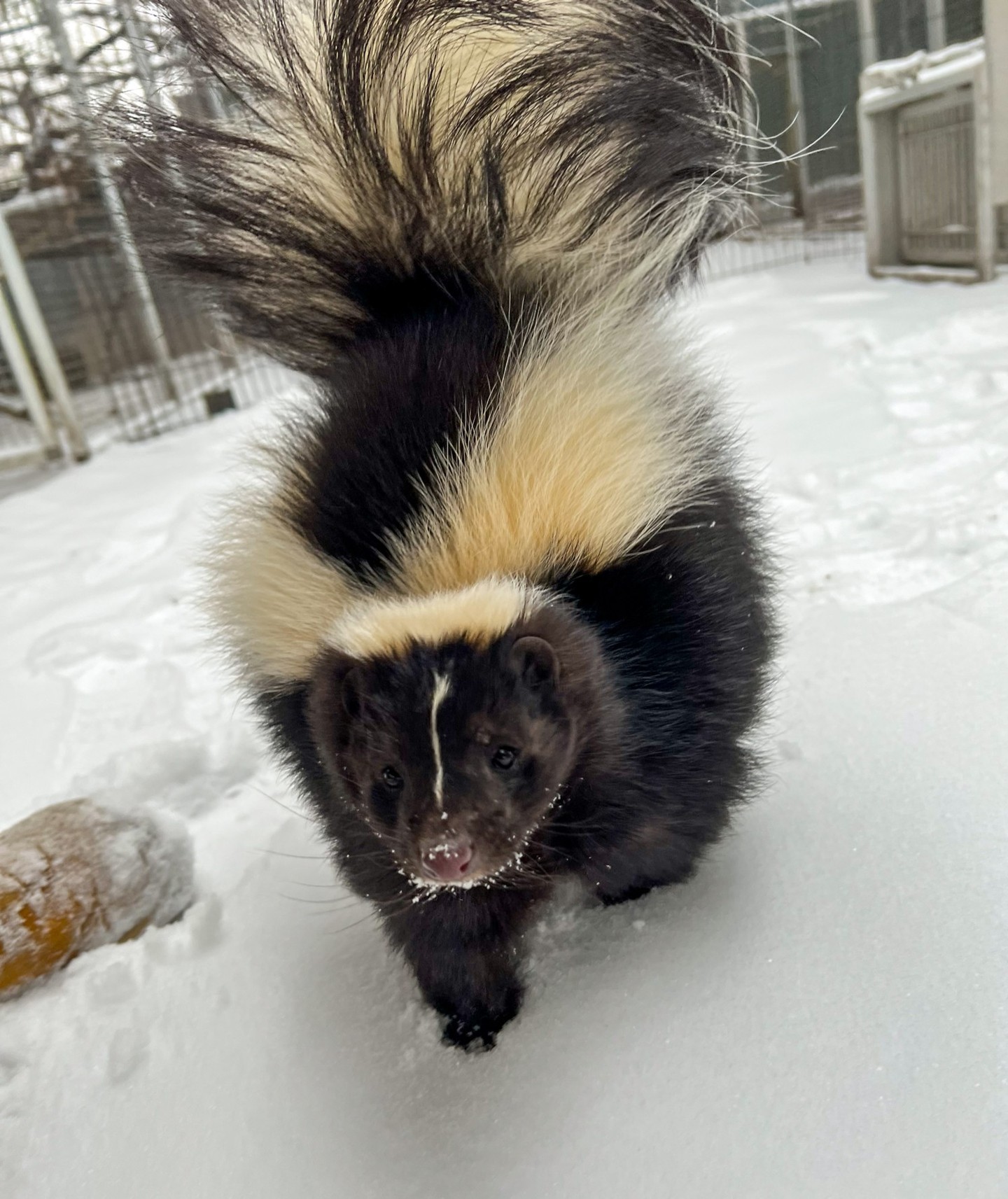- The significance of animal welfare during snow days and its impact on zoo management practices.
- Detailed insights into the adaptations and behaviors of animals like Chonk, Polly, and others in response to snowy environments.
- The role of snow days in enriching the lives of zoo animals and promoting natural behaviors.
- Balancing animal care and maintenance with operational continuity during inclement weather conditions.
- Efforts in wildlife conservation and public education as highlighted by seasonal changes in zoo settings.
The onset of snow brings about a serene transformation in zoological parks, offering both challenges and opportunities for animal welfare and management practices. At the heart of this winter wonderland, we see notable examples such as Chonk and Polly enjoying light-hearted and restful snow days. As much as snow days provide operational hurdles for zookeepers and managers, they also present unique enrichment opportunities for the animals. Understanding these dynamics is key to ensuring that animal welfare remains the top priority, making these days not just a test of resilience but a spectacle of natural behavior and adaptation.
The wellbeing of zoo animals like Chonk and Polly during snow days is crucial. Zoos have specialized plans to ensure animal safety and comfort when temperatures drop. Indoor facilities are usually equipped with heating systems and ample resources to maintain a stable environment. Strategies include offering calorie-rich diets to help animals generate more body heat. Additionally, some animals are provided with extra bedding materials, allowing them to create warm nests. This attention to detail in animal welfare is integral, as zoo management strives to simulate an environment that these animals might encounter in the wild, enhancing their quality of life.
Snow introduces a fascinating dynamic in animal behavior, showcasing a wide array of adaptations. Chonk and Polly, for example, exhibit behaviors that are both playful and instinctual. Snow often prompts animals to engage in more playful activities, like frolicking and sliding, which are not only entertaining but also beneficial for physical health. For animals naturally accustomed to colder climates, snow days stimulate their instincts and offer a break from their routine. Observing these behaviors gives valuable insights into their health and wellbeing, vital data that informs zoo management and conservation practices.
The natural disruptiveness of snow days encourages creative enrichment opportunities for animals. Snow can be used as an interactive material, encouraging animals to explore and interact with their environment. Building snow mounds or creating simple puzzles with snow transforms a cold day into a stimulating experience. This type of environmental enrichment is crucial for promoting natural behaviors and keeping animals physically and mentally engaged. When Chonk and Polly play in the snow, it’s not only an expression of exuberant behavior but also a reinforcement of natural instincts.
Operating a zoo during snow days requires balancing animal care with the logistics of maintaining the facilities. Managers must coordinate to clear paths, ensure heating systems function properly, and adjust staff schedules to attend to the animals. The last two snow days put these measures to the test, demonstrating the need for efficient management practices to maintain a seamless continuity of care. When the zoo reopens, as it does from 9:30 AM to 4:00 PM, visitors can see firsthand the combined efforts of animal welfare and facility management.
Winter’s embrace is not only a time for playful snow days but also an educational moment for the public and practitioners alike. Conserving wildlife principles is a key part of how zoos operate, highlighting the importance of seasonal changes. Museums often leverage these occasions to educate visitors about animal adaptations and conservation efforts crucial for species survival. By witnessing Chonk, Polly, and other animals during these snowy moments, visitors gain an appreciation for the complexity of species behavior and the significance of habitat conservation efforts.
In essence, snow days at the zoo offer a multifaceted experience blending animal care, operational management, and conservation education. As Chonk, Polly, and other animals thrive in these conditions, they not only adapt to their environments but thrive within them, providing an informative and engaging spectacle for all who visit. Through deliberate planning and careful management, snow days become a vital chapter in the continuous story of maintaining a harmonious relationship between animals and their caretakers, marking just one of the many interactions between humans and wildlife that zoos facilitate year-round.
*****
Source Description
Chonk, Polly, and our other animals had fun (and restful) snow days the last two days! ❄️ We are excited to announce that we are back open today for normal operations from 9:30am – 4:00pm. See you all soon!


